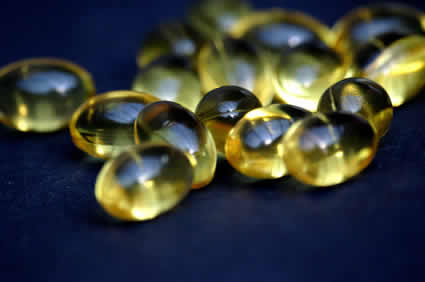Black cohosh, a member of the buttercup family, is a perennial plant that is native to North America. Its rhizomes and roots are used for medicinal purposes. Most studies on Black Cohosh have been done in Europe using the German product Remifemin®.
What is Black Cohosh Good For?
This herb is used primarily for hot flashes and other menopausal symptoms. Various German studies found black cohosh Actaea racemosa, formerly known as Cimicifuga racemosa ) improved physical and psychological menopausal symptoms, including anxiety, hot flashes, night sweats, and vaginal dryness. Black cohosh has antiosteoporotic properties and has been shown to enhance bone formation.
In a clinical trial of 120 female participants with the menopausal symptoms, black cohosh was more efficacious in relieving hot flashes and night sweats than the antidepressant Prozac. A 2005 study of 304 women found that, compared to a placebo, black cohosh helped symptoms of menopause. A clinical study reported in 2007 compared black cohosh against the synthetic hormone tibolone, and found them equally effective for treating menopausal symptoms. A clinical study in 80 menopausal women compared 8 mg/day of a black cohosh extract with placebo or conjugated estrogens. At 12 weeks, scores on the Kupperman index and the Hamilton anxiety scale were appreciably lower in the treated groups than in the placebo group. A 2010 review by researchers found that black cohosh provided a 26 percent decreased in hot flashes and night sweats. Given the findings of most clinical trials, many researchers conclude that black cohosh may be a safe and effective alternative for women who cannot or will not take hormonal replacement therapy (HRT) for menopause.
May reduce risk of osteoporosis. Scientists from the University of Hong Kong, City University of New York, and Columbia University added an extract of black cohosh to a culture of bone-forming mouse cells. The Scientists observed that a high dose (1,000 ng/mL) of the extract suppressed the production of these bone-forming cells, yet a lower dose (500 ng/mL) significantly increased the formation of bone nodules. The experts concluded that their results provide a scientific explanation at the molecular level for claims that black cohosh may protect against postmenopausal osteoporosis. A study using black cohosh and other herbs reduce pain. In a review of scientific studies, experts concluded that a combination of black cohosh, sarsaparilla, willow bark, guaiacum resin, and poplar bark may help alleviate symptoms of osteoarthritis.
 Scientists at the “University of Pennsylvania” found that supplement with borage oil resulted in a important reduction in the swelling of affected arthritic joints. The use of borage oil allowed patients to reduce their intake of mainstream NSAIDS, therefore minimizing the adverse effects related with these drugs. Also, animal-based studies using borage oil indicated that the GLA content protects the lining of the stomach against the effects of NSAIDS and aspirin. GLA may help reduce pain, stiffness, and swelling. One study found that participants with RA (rheumatoid arthritis) who took 2.8 g of gamma linolenic acid for 6 months reduced pain and swelling and improved their grip strength. 64% of those on borage oil demonstrated improvement in joint tenderness and morning stiffness, compared to just 21% of those on placebo treatment. A randomized controlled study investigated the use of borage oil in 37 participants with RA and active synovitis. After 24 weeks, the group that received 1.4 g of GLA daily had a important decline in the number of tender joints and swollen joints. In another study, 1.1 g of borage oil was given to seven patients with rheumatoid arthritis for 12 weeks. Six of the seven patients with RA reported relief of their symptoms.
Scientists at the “University of Pennsylvania” found that supplement with borage oil resulted in a important reduction in the swelling of affected arthritic joints. The use of borage oil allowed patients to reduce their intake of mainstream NSAIDS, therefore minimizing the adverse effects related with these drugs. Also, animal-based studies using borage oil indicated that the GLA content protects the lining of the stomach against the effects of NSAIDS and aspirin. GLA may help reduce pain, stiffness, and swelling. One study found that participants with RA (rheumatoid arthritis) who took 2.8 g of gamma linolenic acid for 6 months reduced pain and swelling and improved their grip strength. 64% of those on borage oil demonstrated improvement in joint tenderness and morning stiffness, compared to just 21% of those on placebo treatment. A randomized controlled study investigated the use of borage oil in 37 participants with RA and active synovitis. After 24 weeks, the group that received 1.4 g of GLA daily had a important decline in the number of tender joints and swollen joints. In another study, 1.1 g of borage oil was given to seven patients with rheumatoid arthritis for 12 weeks. Six of the seven patients with RA reported relief of their symptoms.